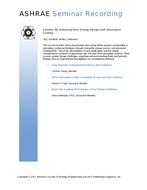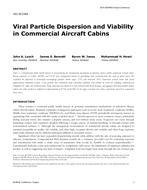In 1983 the Model Conservation Standards Equivalent Code (MCS), a standard that specifies levels of energy efficiency for new residential and commercial buildings, was written by the Northwest Power Planning Council. The Energy Edge project was developed by a federal agency to test whether the energy use in new commercial buildings designed to meet the MCS specifications could be decreased by 30%.
During the project 23 to 35 new commercial buildings with a variety of uses will be designed and built. In order to determine whether the targeted energy savings have been achieved, monitoring will take place in the buildings upon completion of construction.
The goal of the monitoring will be to gather enough data to analyze how well the predicted (computer modeled) energy use of the more efficient building matches with the actual (monitored) energy use. The methodology used for the monitoring will involve looking at each building as an individual case study. The data gathered will be limited to those necessary to remodel the as-built, as-operated building using actual weather data and operating schedules. Confidence in the predicted versus actual energy savings will be justified when there is an agreement within acceptable limits (on the order of 10%).
Units: I-P
Citation: Symposium, ASHRAE Transactions, 1987, vol. 93, pt. 1, New York, NY
Product Details
- Published:
- 1987
- Number of Pages:
- 10
- File Size:
- 1 file , 850 KB
- Product Code(s):
- D-NY-87-18-3


